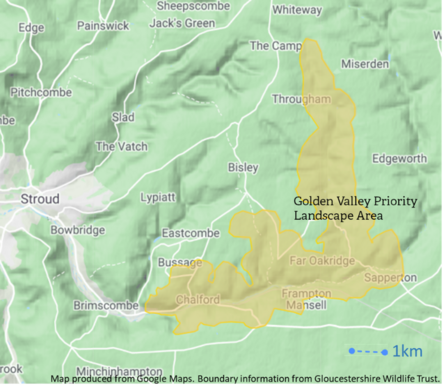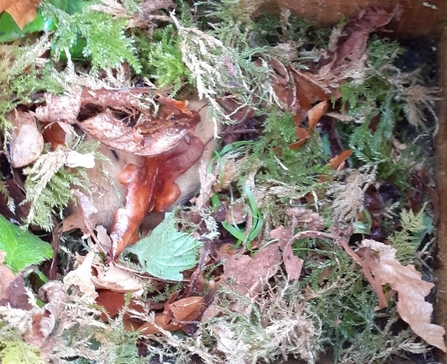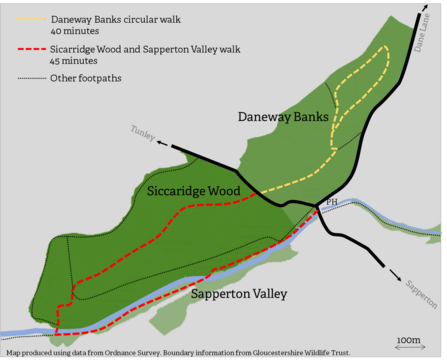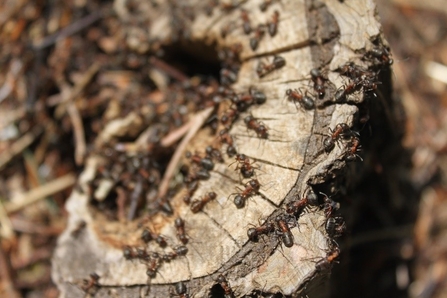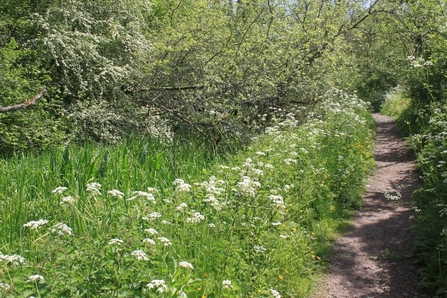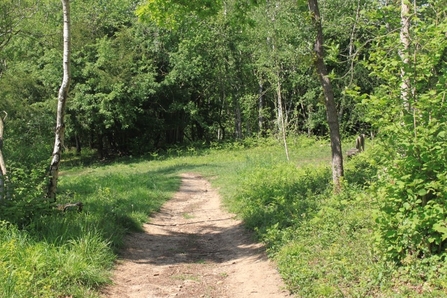The bigger picture
The large blue butterfly has an amazing home at Daneway Banks with plenty of happy red ants (Myrmica Sabuleti) to adopt the predatory caterpillars and lots of wild thyme and marjoram for them to feed on and lay their eggs. However, even with the best habitat management practices in place there is still a limit to the number of large blues the nature reserve can support (1). If we want populations of large blues to keep growing we need to think on a bigger scale, making sure there are more areas of suitable habitat nearby for them to disperse to and be able to colonise (2). So how are we helping to do this?
The Golden Valley
Daneway Banks sits within the Golden Valley, one of the five beautiful valleys situated around Stroud. It is known for its unimproved limestone grasslands on steep south facing slopes that soak up the warm summer sun. As well as these grasslands, the Golden Valley also holds a range of different habitats from ancient woodlands to rivers and water meadows. Many of these are important sites for wildlife or, with the correct management in place, have to potential to be. For this reason, the Golden Valley is one of 10 Priority Landscape Areas that we have identified within the county and are focusing to help increase and connect suitable habitat for large blue butterflies and other wildlife (3).


